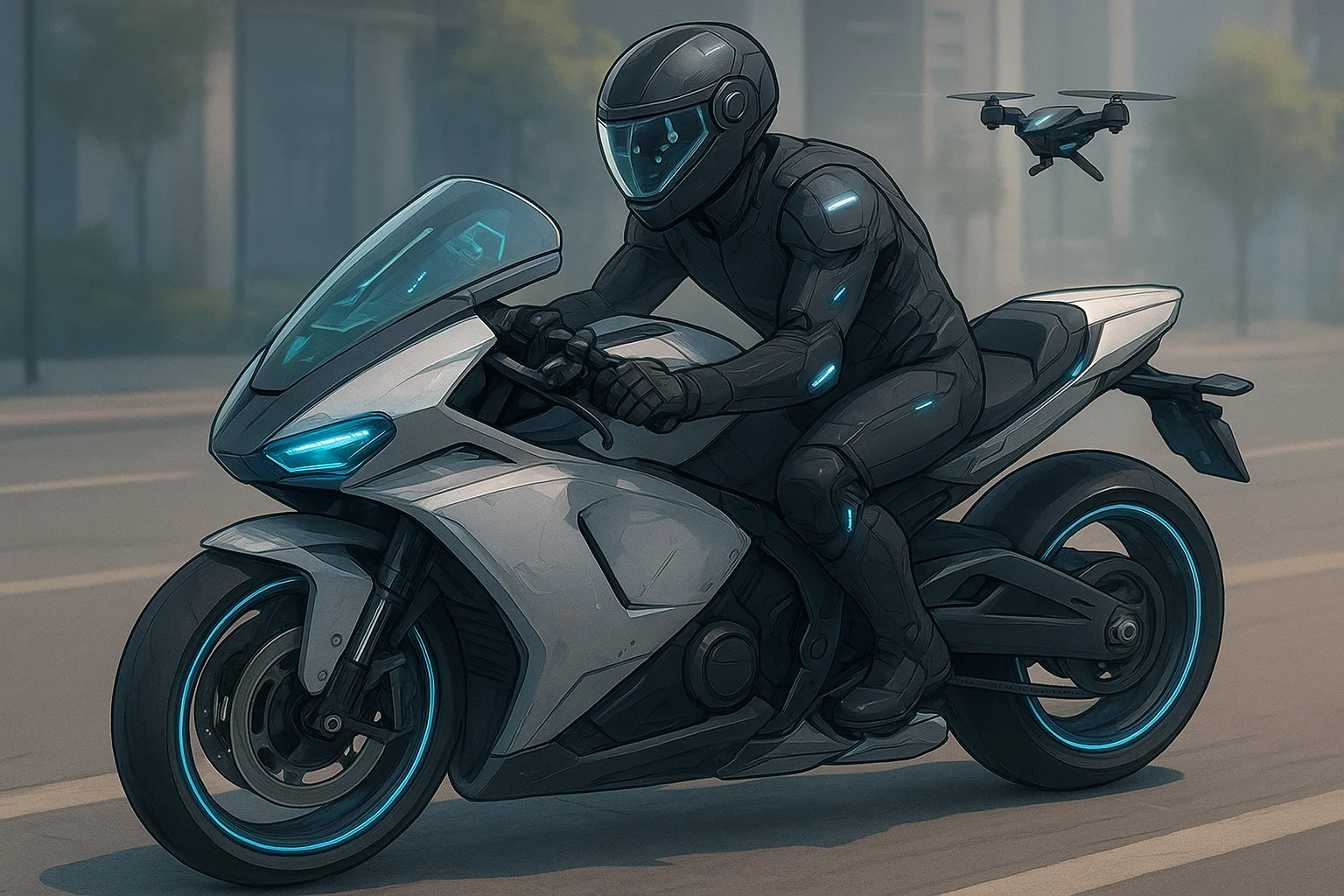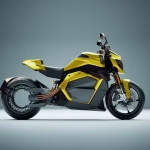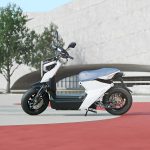Motorcycle design is entering a bold new era driven by innovation, sustainability, and intelligent engineering. The bikes of tomorrow will not just be faster or sleeker—they will be smarter, greener, and more connected to both riders and the world around them.
Advancements in electric mobility, artificial intelligence, and smart materials are reshaping how motorcycles are built and experienced. As these trends accelerate, the next generation of bikes is set to redefine performance, safety, and style in ways that were once science fiction.
The Shift Toward Electric and Sustainable Designs
One of the most transformative trends in motorcycle design is the move toward electric power. Traditional combustion engines are giving way to lightweight electric motors and high-density batteries that provide cleaner and quieter performance.
Manufacturers are experimenting with sustainable materials, such as recycled aluminum, bio-composites, and eco-friendly plastics, to reduce the environmental impact of production. These materials not only make bikes more sustainable but also lighter, enhancing speed and handling.
Integration of Artificial Intelligence
Artificial intelligence is becoming the brain of modern motorcycles. Future designs will feature AI systems capable of learning from rider behavior to optimize performance, improve safety, and enhance comfort.
For instance, AI can adjust suspension settings based on road conditions, manage power output for better efficiency, or warn riders of potential hazards through real-time alerts. As AI becomes more sophisticated, motorcycles will transition from simple machines into intelligent partners that evolve with their riders.
Advanced Aerodynamics and Lightweight Engineering
The future of motorcycle design is all about efficiency. Engineers are using advanced aerodynamic modeling to reduce drag, increase stability, and improve energy conservation.
3D printing and carbon fiber technologies allow for precise and lightweight builds that don’t compromise on strength or durability. Future bikes may even feature adaptive aerodynamics—panels that shift automatically based on speed or wind resistance—to maintain balance and control in all conditions.
Smart Connectivity and Digital Dashboards
Connectivity is a major trend in modern motorcycling. The days of analog meters are fading, replaced by high-resolution digital dashboards and heads-up displays (HUDs) that project critical information directly into the rider’s field of vision.
These smart systems connect to smartphones, GPS, and cloud-based platforms, offering real-time updates on traffic, weather, and bike diagnostics. Some prototypes even include augmented reality features that overlay navigation arrows onto the road, providing safer and more intuitive guidance.
Safety Through Innovation
Safety remains at the heart of every design advancement. Modern motorcycle concepts are incorporating radar sensors, cameras, and LiDAR technology to create predictive safety systems. These can detect nearby vehicles, monitor blind spots, and alert riders before collisions occur.
AI-powered helmets equipped with built-in communication systems and 360-degree cameras are becoming popular additions to the safety ecosystem. Together, these technologies create an intelligent feedback network that prioritizes rider protection in every situation.
Customization and Personalization
Motorcycles of the future will be designed with individuality in mind. Thanks to modular components and AI-assisted tuning, riders will be able to customize everything from riding modes to ergonomic settings with ease.
Imagine a bike that automatically adjusts its seat height, handlebar position, or traction control based on the rider’s profile and the type of journey. This level of personalization will make motorcycles more accessible to a wider range of riders while enhancing overall comfort and performance.
Integration of Internet of Things (IoT)
The Internet of Things (IoT) is enabling motorcycles to communicate seamlessly with their surroundings. IoT sensors allow bikes to connect with smart cities, traffic systems, and other vehicles.
This connectivity helps optimize traffic flow, reduce congestion, and enhance safety by sharing data between all road users. Riders can also remotely monitor their motorcycle’s status, track location, and even control security features through mobile apps.
The Rise of Self-Balancing and Autonomous Bikes
One of the most futuristic developments in motorcycle design is the emergence of self-balancing technology. Using gyroscopic sensors and AI algorithms, some prototypes can remain upright without any input from the rider.
Autonomous or semi-autonomous motorcycles could follow their riders, park themselves, or maintain safe distances in traffic. While human control remains central to the thrill of motorcycling, these innovations promise to make riding safer and more convenient, especially for beginners.
Design Aesthetics of the Future
Beyond technology, the aesthetics of future motorcycles are evolving toward minimalism and efficiency. Expect to see streamlined silhouettes, integrated lighting systems, and hidden wiring that create sleek, futuristic designs.
Electric bikes in particular offer new freedom for designers, as they don’t need traditional fuel tanks or exhaust systems. This opens the door to more creative and ergonomic forms that combine beauty with functionality.
FAQs
How will AI influence future motorcycle design?
AI will make motorcycles smarter and more adaptive by learning from rider behavior and road conditions. It will enhance performance, improve safety, and personalize every aspect of the ride.
Are electric motorcycles replacing traditional bikes?
Not entirely, but electric motorcycles are rapidly gaining popularity. As battery technology improves and infrastructure expands, more riders are choosing electric for its performance and sustainability.
What are self-balancing motorcycles?
Self-balancing motorcycles use sensors and AI to maintain stability without the need for constant rider control. They’re designed to prevent falls, assist in parking, and enhance safety.
Will future bikes be fully autonomous?
Fully autonomous motorcycles are still in development, but semi-autonomous features like adaptive cruise control and lane-keeping assistance are already being tested by major manufacturers.
How does connectivity improve motorcycling?
Connectivity links motorcycles to traffic systems, navigation apps, and other vehicles. This allows for real-time updates, predictive safety alerts, and personalized performance tuning.
Conclusion
Future motorcycle design is being shaped by a fusion of technology, sustainability, and intelligence. From electric powertrains and AI-driven safety systems to customizable components and connected ecosystems, the next generation of motorcycles will deliver a smarter and safer riding experience.
As innovation accelerates, riders can look forward to a world where bikes are not just machines but intelligent companions that adapt, protect, and perform in ways never imagined before. The future of motorcycling is bright, digital, and undeniably thrilling.







